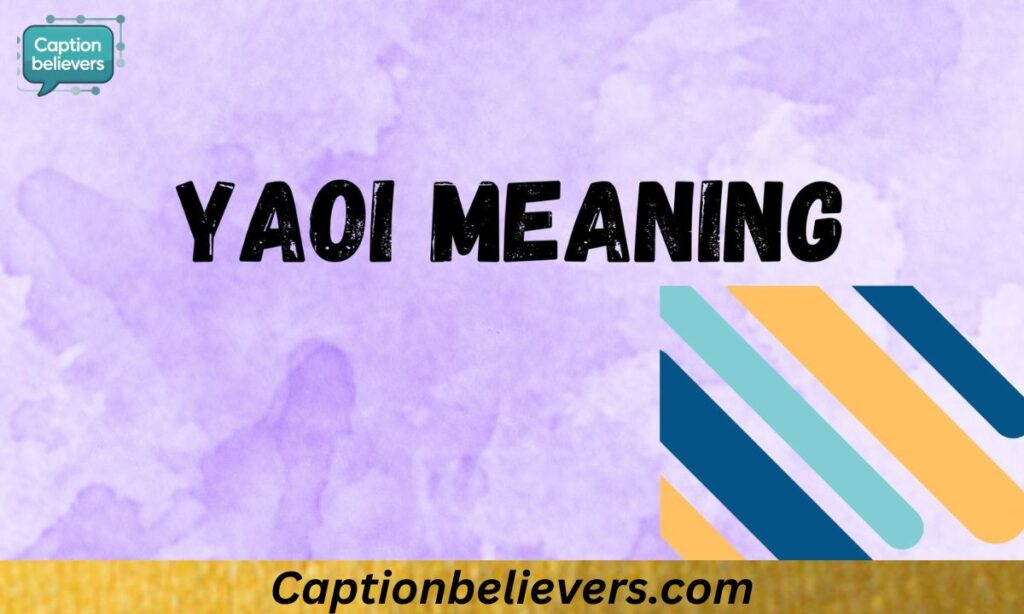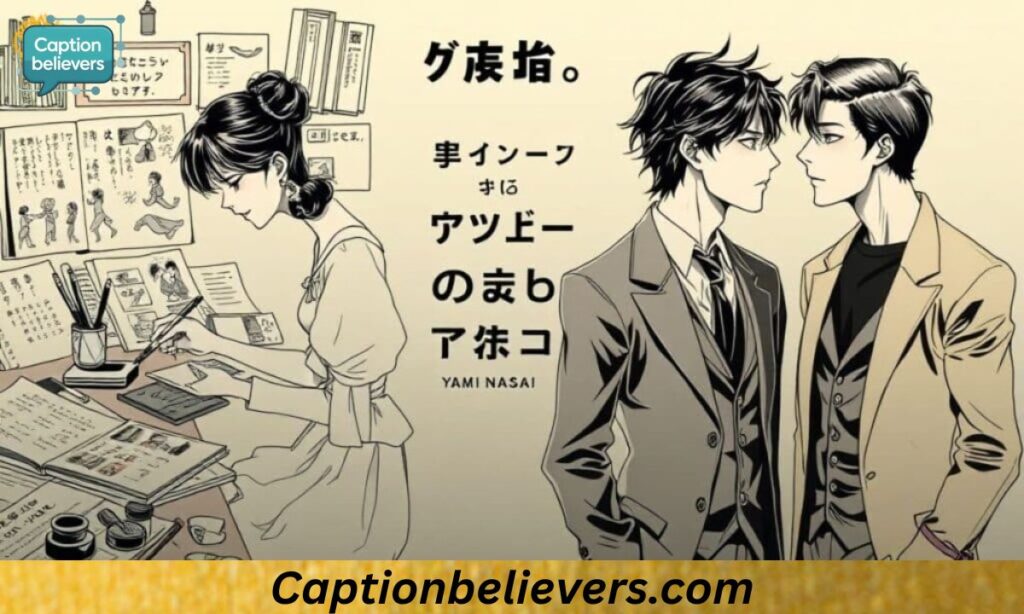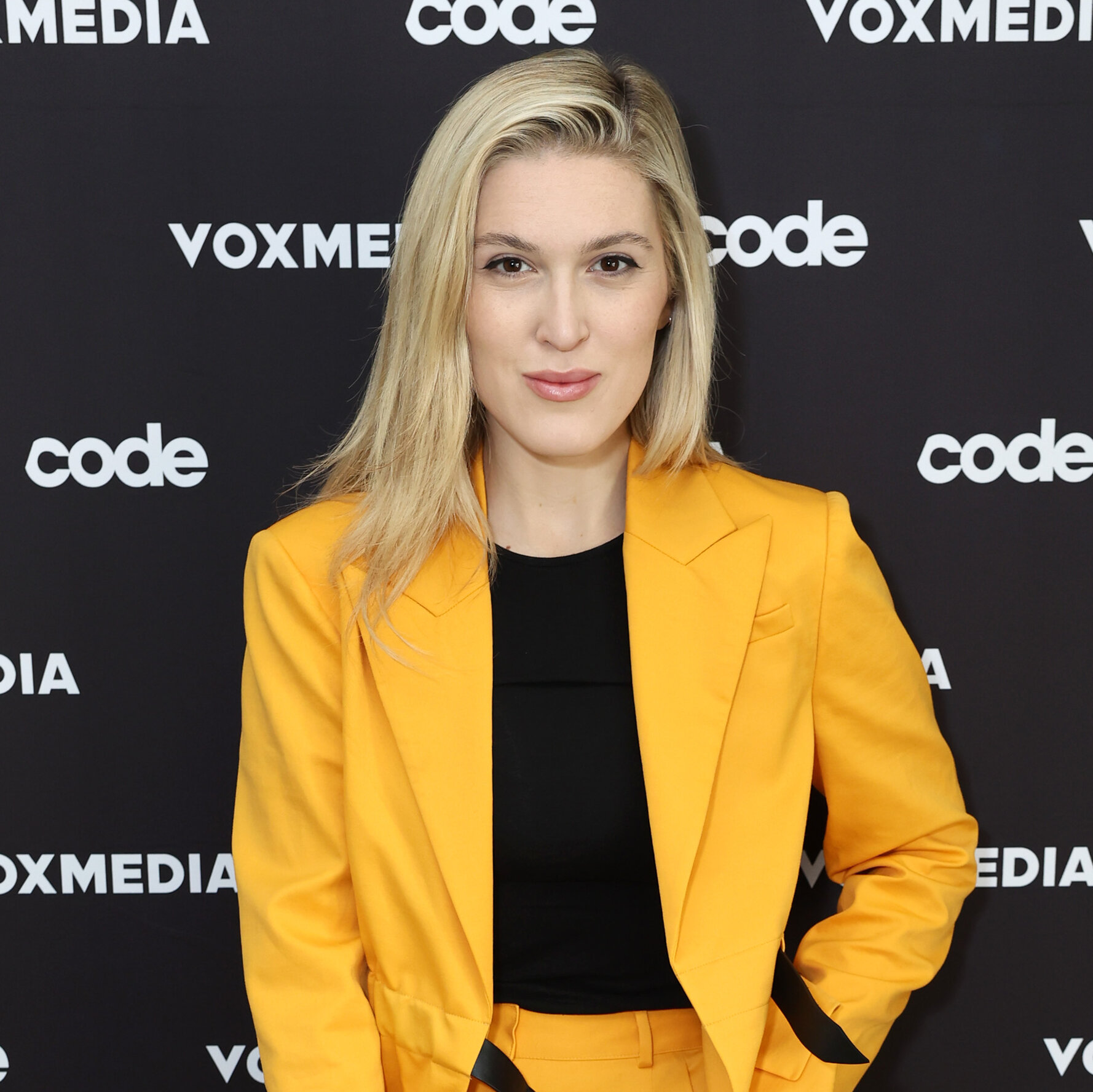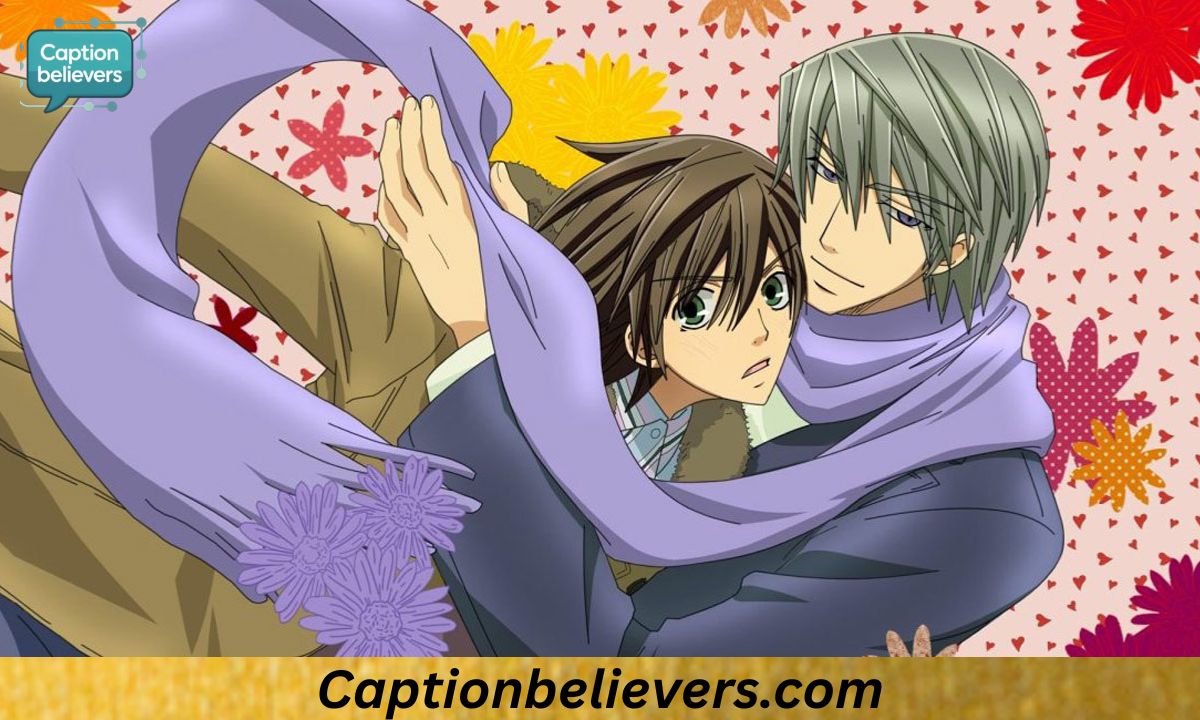If you’ve spent time in anime or manga communities, you’ve probably come across the term “Yaoi.” But what does Yaoi actually mean? Originating from Japan, Yaoi refers to a genre of fiction that focuses on romantic or emotional relationships between male characters.
Over time, it has evolved from a niche subculture into a widely recognized storytelling style embraced by fans around the world. In this guide, we’ll explain the meaning of Yaoi, its origins, themes, and how it fits within modern anime and manga culture.
1. What Does “yaoi” Mean?
Yaoi is a Japanese term that refers to a genre of manga and anime depicting romantic or sexual relationships between male characters. It originated in Japan during the late 1970s and early 1980s.
The genre is primarily created by women and targeted toward a female audience, though fans come from diverse backgrounds. Yaoi is also known as “Boys’ Love” or “BL” in English-speaking communities.
Key characteristics include male-male relationships in romantic or sexual contexts, a predominantly female creator and consumer base, and its connection to doujinshi culture—self-published fan works.
2. Yaoi vs. BL: Similar or Different?
Many people use yaoi and BL interchangeably, but there are subtle differences between them.
BL is the more widely accepted and publisher-sanctioned term used in official publications. Yaoi originally implied a more erotic or explicit tone and was primarily used by fans and in doujinshi works.
Today, yaoi often serves as a nostalgic or stylistic label, while BL is broader and more neutral in meaning.
Professional vs. Casual Use:
In professional writing and academic contexts, “Boys’ Love (BL)” is the preferred term for clarity and respectability. In casual fan spaces and informal communication, “yaoi” is acceptable and widely recognized among community members.
3. The Cultural Roots of Yaoi
Yaoi emerged in the 1970s from a subset of manga created by female artists who wanted to explore stories not found in mainstream media. It began as a niche genre but flourished alongside doujinshi culture, where fans created their own comic art exploring romantic pairings.
The genre typically explores themes of romance, drama, and emotional complexity, often featuring power dynamics between characters. Yaoi became a distinct cultural phenomenon internationally from the 1990s onward, gaining recognition in Western anime and manga communities.
4. Polite, Professional, and Casual Alternatives
When referring to yaoi, consider using these neutral and professional alternatives depending on your context:
- “Boys’ Love (BL)” serves as the industry-standard term. “Male–male romance” is descriptive and clear without jargon. “Romantic LGBT+ fiction (male pairing)” is inclusive and refined for formal settings.
- “Male couples in manga/anime” provides contextual specificity. “Japanese BL genre” is factual and precise. “Queer romance in anime/manga” is modern and respectful.
- “Romance between male characters” remains simple and neutral. “Male-centered romance stories” is broad and audience-friendly. “Shōnen-ai / BL narratives” is academically accurate.
- “Gay romance in Japanese comics” is straightforward and informative. “Male LGBTQ+ relationships in illustrated media” is inclusive and explicit about content.
Each alternative varies in tone and usage. Formal or academic contexts prefer the first, third, and ninth options, while casual or fan-oriented settings lean toward the second, fourth, and eleventh options.
5. Hiatus Meaning When People Say “Yaoi Meaning”

“Hiatus” simply means a pause or break in activity or content production. When someone mentions a “yaoi meaning hiatus,” they typically refer to a gap in fan discussions, a break between fan activity threads, or a pause in new yaoi content or series releases.
In general language, “hiatus” is a safe and neutral term. You might say a series took a six-month hiatus before new chapters were released, or there’s a hiatus in fandom discussions following a major convention.
6. Tone & Context: Choosing the Right Alternative
How you reference yaoi should depend on your audience and the purpose of your writing.
- Academic Essay / Professional Article: Use “Boys’ Love (BL)” or “Japanese BL genre” with an objective, informative, and scholarly tone.
- Blog for Fans: Use “yaoi” or “male–male romance” in a conversational, relaxed, and relatable tone.
- General Audience or Inclusive Context: Use “male–male romance manga/anime” or “queer romance” with an accessible, neutral, and inclusive tone.
- Quick Social Media Mention: Use “yaoi” if your audience recognizes the term, keeping the tone casual, shorthand, and trending.
7. 11 Polished Examples, by Tone
A. Polite / Professional
- “The Boys’ Love (BL) genre has evolved into a respected field within manga and anime studies, attracting scholarly attention worldwide.”
- “Scholars note that male–male romance, as seen in Japanese BL, often explores themes of emotional complexity and personal growth.”
- “In formal presentations, I refer to this genre as romantic LGBT+ fiction rather than the colloquial term ‘yaoi.'”
B. Casual / Fan-Friendly
- “I started reading yaoi back in high school—it pulled me in with its emotional depth and character development!”
- “That new doujinshi features a stellar male–male romance and has fans buzzing across social media.”
- “Have you seen the latest BL anime? The chemistry between the leads is absolutely incredible.”
C. Inclusive / Contextual
- “This collection showcases queer romance in anime, highlighting male–male relationships with sensitivity and nuance.”
- “When introducing newcomers to the genre, I describe it as manga focusing on male couples’ emotional journeys and personal stories.”
- “Our panel explores male-centered romance stories within LGBTQ+ media, moving beyond shorthand labels like ‘yaoi.'”
D. Niche / Community-Specific
- “The series went on a six-month hiatus between volumes, which is typical in doujinshi publication cycles.”
- “At the convention, the panel discussed the hiatus in new content releases and what dedicated fans expect next.”
8. Choosing the Right Expression: What Matters
Three key considerations should guide your word choice when discussing yaoi.
- Audience awareness: Don’t assume everyone knows the term “yaoi.” Use “BL” or descriptive phrasing when introducing the concept to newcomers.
- Tone: Adjust your language from academic and formal for scholarly contexts to conversational and casual for fan discussions.
- Respect & Inclusivity: Use LGBTQ+-friendly phrasing in modern or public contexts to ensure your language feels welcoming and thoughtful.
10. Nuances You Should Know

- Shōnen-ai vs. Yaoi: Historically, “shōnen-ai” referred to softer, romantic relationships without explicit sexual content. Today this term is rare, and “yaoi” typically implies more mature and explicit content.
- Doujinshi vs. Official BL: Doujinshi (fan-made works) tend to be more daring and experimental. Official published manga and anime may tone down explicitness for broader audiences.
- GL (Girls’ Love): The female counterpart to BL is GL or yuri, depicting romantic relationships between female characters. You may mention it when wanting comparative balance in discussions.
11. Summary: Your Glossary Cheat Sheet
| Term | Tone | Usage Tip |
| Boys’ Love (BL) | Formal/neutral | Best for academic or general audiences |
| yaoi | Casual/fandom | Great among fans, less effective elsewhere |
| male–male romance (manga) | Inclusive/clear | Safe in most writing styles |
| queer romance (anime/manga) | Inclusive/modern | LGBTQ+-friendly, respectful choice |
Final Thoughts
Understanding yaoi goes beyond a simple definition—it’s about knowing your audience, respecting appropriate tone, choosing terminology wisely, and writing with clarity. Whether you’re writing a scholarly essay, a fan blog post, or sending a casual message among friends, you now have the tools to communicate effectively about this genre.
Frequently Asked Questions
Is it offensive to use the term “yaoi”?
The term itself is not inherently offensive, but context matters. Among fans, it’s widely accepted. In formal settings, “BL” or “Boys’ Love” is more professional.
Can men enjoy yaoi?
Absolutely. While yaoi was traditionally created by and for women, the fanbase today is diverse and inclusive of all genders and orientations.
What’s the difference between yaoi and regular anime romance?
Yaoi specifically focuses on male-male romantic or sexual relationships, while regular anime romance can feature any pairing of characters.
Is all BL content explicit?
No. BL ranges from sweet, romantic stories to explicit adult content. It varies widely depending on the creator and publication.

Scarlett created Caption Believers to inspire with meaningful captions, spiritual prayers, uplifting Bible verses, and heartfelt wishes for all who seek hope.








